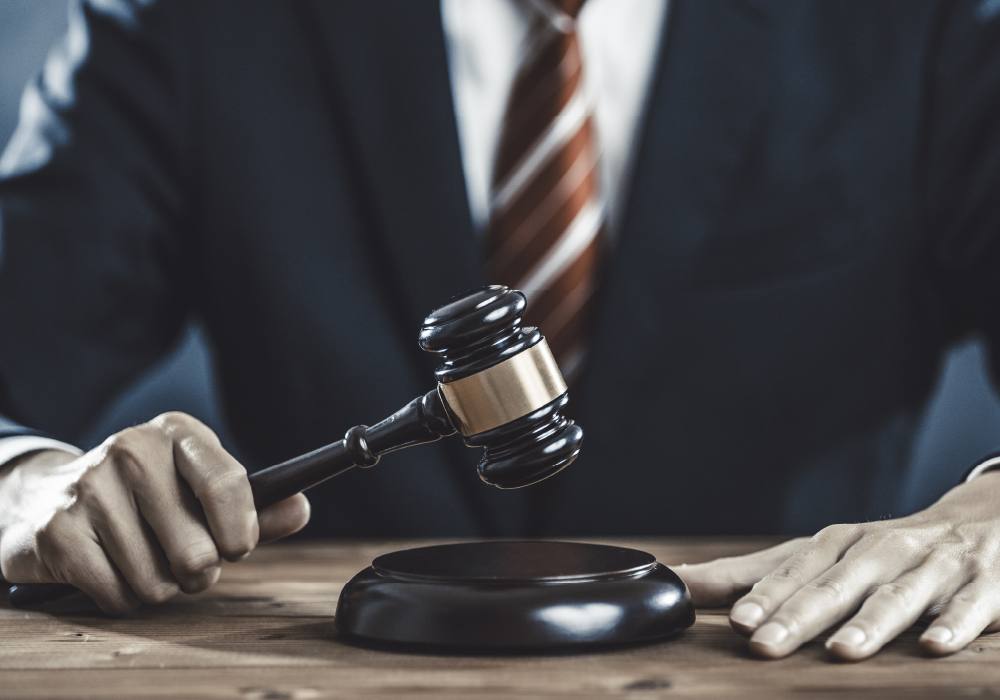

We detected that you're using an older version of Internet Explorer. please upgrade IE 11 or later
Alternatively, you can install and use these secure and newest browsers: Chrome | Firefox | Safari for MacOS | Edge for Windows

When a forensic pathologist is asked to do a second autopsy, you might wonder if they will make the same findings as the first forensic pathologist. Will the two autopsies match up? Or will there be major differences? Let’s look at some reasons why forensic pathologists performing second autopsies would agree or disagree with the findings of the first; the agreement is highly dependent on the type of case.
First, what exactly is a second autopsy?
It is not a brand-new examination of the body. That’s because the first autopsy likely damaged or destroyed tissues while examining them. Instead, it is a detailed review of the records and evidence from the first autopsy.
Since there is little new evidence to analyze directly, the second forensic pathologist focuses on interpreting the original documents and samples. They review the initial autopsy findings, relevant medical records of the deceased, and any other information available that could be relevant to the results of the first autopsy.
There are a few key reasons why a second autopsy could agree with the first:
Extensive training: Forensic pathologists undergo years of specialized medical training to correctly determine causes of death.
Certification: They must become certified forensic pathologists to demonstrate their deep expertise.
Protocols: General protocols guide the steps of the autopsy process to ensure consistency and precision. These standards govern how the examination is conducted, how samples are handled, and how findings are documented, helping to prevent errors and ensure reliable results.
Thorough examinations: The first autopsy is highly comprehensive, involving detailed analysis of all major organs and careful documentation. This detailed examination leaves little room for errors, making it uncommon for a second autopsy to reveal significantly different results.
With so much skill, structure, and depth involved, significant mistakes in an autopsy are uncommon. However, the standards forensic pathologists follow do not prevent a second autopsy from reaching a different conclusion.
An independent pathologist can be asked to perform a second autopsy if there is any controversy surrounding the results of the first autopsy. Cases involving allegations of child abuse are a common example. The initial autopsy may find evidence of abuse, whereas the second autopsy finds none – or the other way around. The second autopsy may also find evidence disputing who the abuser was or whether an abuser can be identified.
Just as common as controversial cases are complex cases. Some unnatural deaths can leave behind complex evidence that must be carefully evaluated to find the most likely cause of death. In instances when there is any room to misinterpret the evidence, a second autopsy can uncover a more likely cause of death or source of injury.
Although it is slightly less common, some initial autopsy cases do not involve complete autopsies. The pathologists at these institutions may instead only conduct external examinations to reach their conclusions. In these cases, a second autopsy may enable a more complete autopsy of the deceased, and this more thorough investigation could lead to new interpretations of the available evidence.
Forensic pathologists follow the same training and protocols, but other factors determine whether the pathologist conducting the first autopsy reaches the same conclusions as the pathologist conducting the second. Dr. Satish Chundru, a board-certified forensic pathologist with 20 years of experience, provides second autopsies and other expert forensic pathology services. Learn more about how we can assist you in understanding the cause and manner of death through forensic pathology.
Please be aware that this is not a secure email network under HIPAA guidelines. Do not submit any personal or private information unless you are authorized and have voluntarily consented to do so. We are not liable for any HIPAA violations. Understand that if you email us, you are agreeing to the use of an unsecured method and understand that all replies will be sent in the same fashion, which you are hereby authorizing.
By checking this box you hereby agree to hold Satish Chundru, including it’s doctors and affiliates, harmless from any hacking or any other unauthorized use of your personal information by outside parties. By checking this box, you also agree to receive email communication from Satish Chundru and its doctors and affiliates.